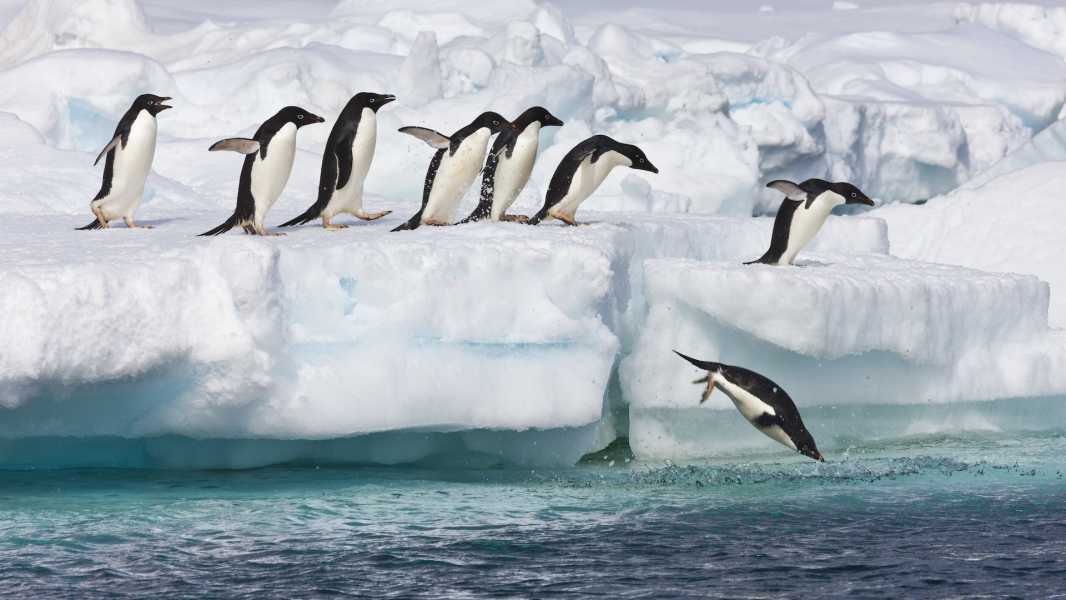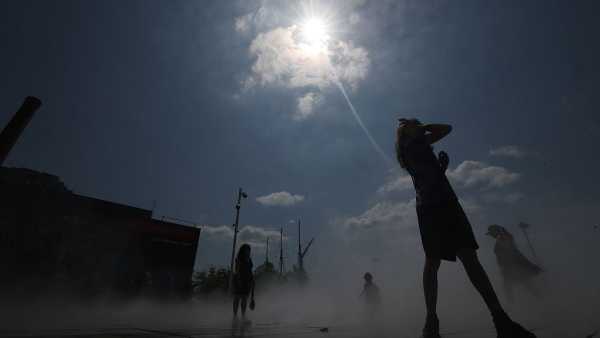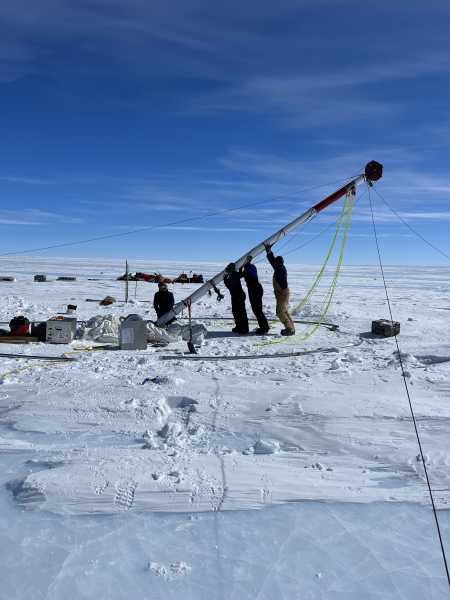
Antarctica is home to an estimated 20 million pairs of penguins, like these Adélie penguins found near Paulet Island on the Antarctic Peninsula. But what lies beneath the ice these penguins travel across every day? (Image credit: Patrick J. Endres via Getty Images)
From the surface, Antarctica may look like a cold, flat, and desolate landscape—and it certainly is. But beneath the ice sheet, there’s a whole world: scientists have found diverse biomes, hidden rivers and lakes, mountain ranges and valleys, primitive bacteria, and even the remains of ancient ecosystems.
Nearly 90% of Antarctica is covered in a massive layer of ice — about 1.3 miles (2.2 kilometers) deep, on average — and has been for about 34 million years. Yet researchers have only scratched the surface of what lies beneath this mysterious continent.
“It’s incredibly fascinating to dive into these past worlds and understand how this continent has evolved over time and what that means,” Johann Klages, a sedimentologist at the Alfred Wegener Institute in Germany who studies Antarctica’s climate history, told Live Science. “What does that tell us about our existence on this planet?”
For example, in his research, Klages discovered the first amber fossil ever found in Antarctica — a remnant of an ancient temperate rainforest that covered the continent more than 90 million years ago. Klages believes that future expeditions will likely uncover even more amber.
Antarctica is also home to more than 400 subglacial lakes. The largest, Lake Vostok, lies beneath 2.5 miles (4 km) of ice near Russia’s Vostok Station. “What’s in there? Probably microbes,” Klages said. “But also,” because of the enormous pressure of the ice, “there may be life that’s found nowhere else on Earth.”
A complex system of rivers transports water in and out of these lakes, according to a study led by Christina Dow, a glaciologist at the University of Waterloo in Canada who used radar imaging to study what lies beneath the ice surface.
If you have trouble imagining a body of water underneath an ice sheet, just imagine a river that drains into a lake and flows to the ocean — “but then you just add 4 kilometers [2.5 miles] of ice on top,” Dow explained. That ice makes the water behave a little oddly. “Water can actually flow upward under the Antarctic ice,” she told Live Science. “It’s not determined by gravity.”
But many of the things under the ice aren’t nearly as interesting. “The vast majority of what’s under the ice is just rock,” Klages said. “It’s just crystalline bedrock, crystalline basement, granite.”
Sourse: www.livescience.com





